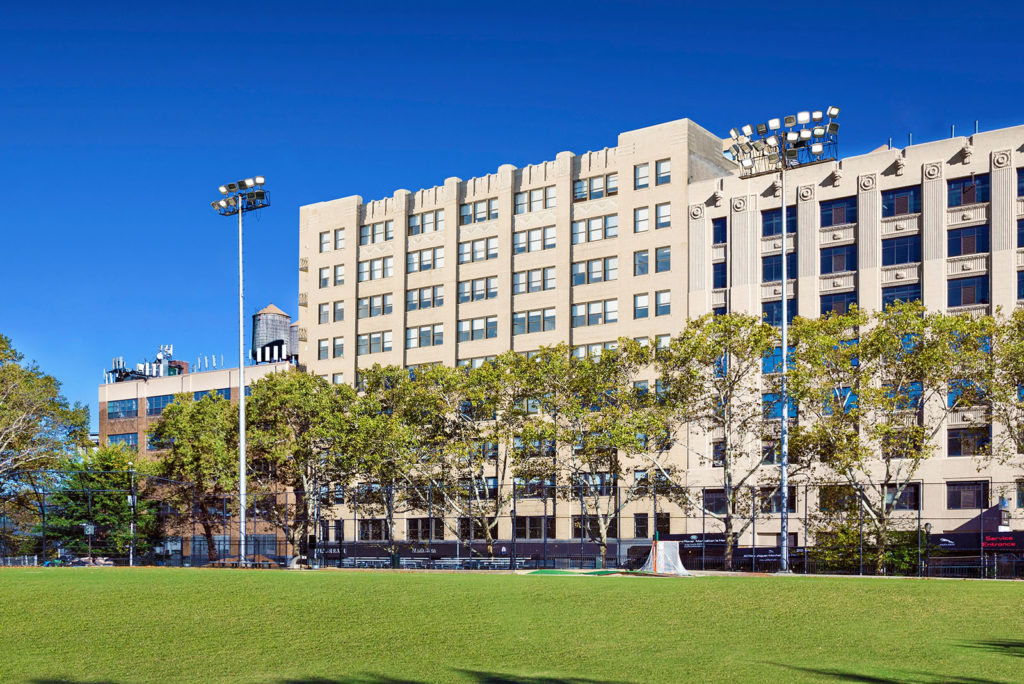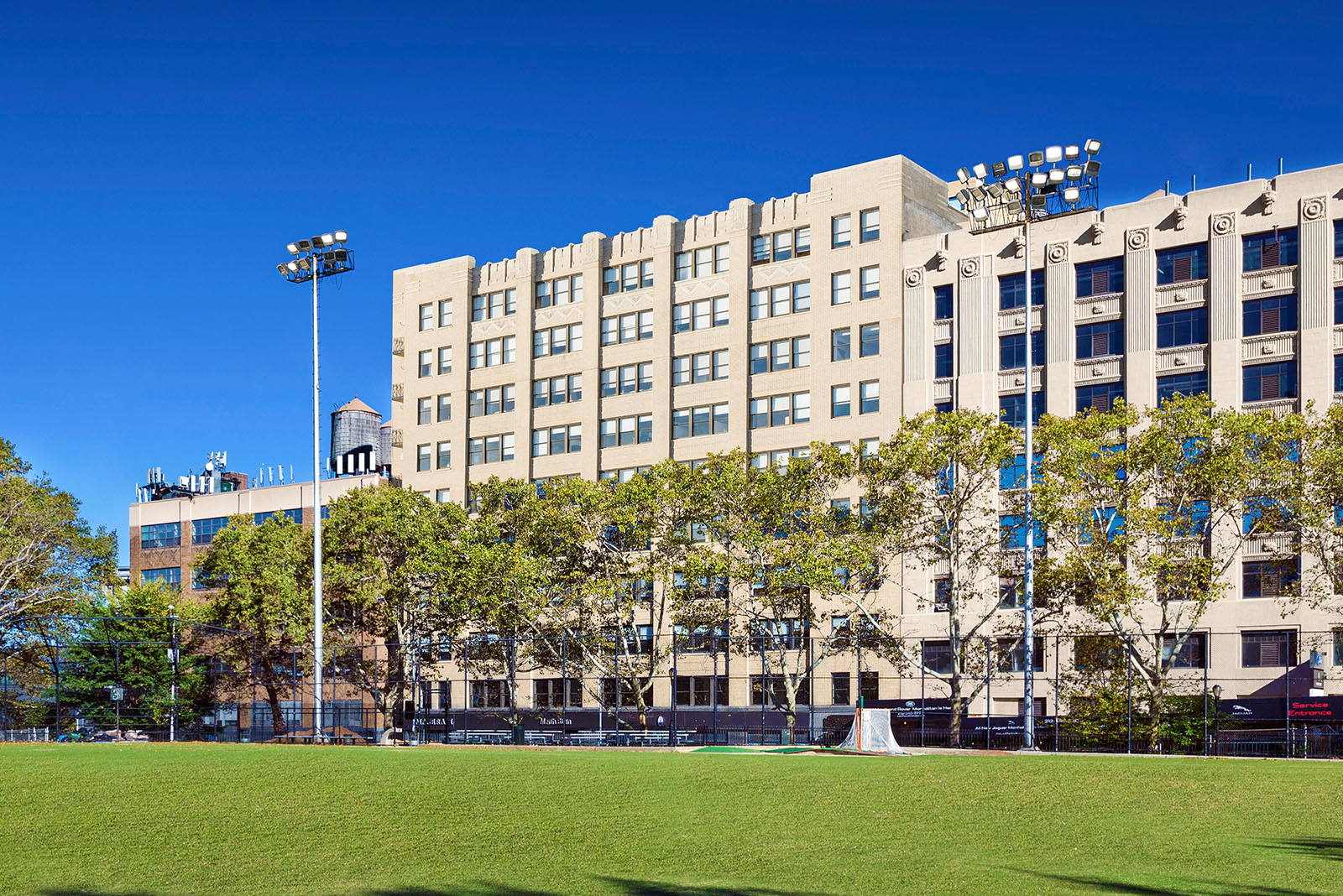In 2016, Mayor Bill DeBlasio and Governor Andrew Cuomo each announced funding initiatives to position New York as an epicenter for life science research, competing with the likes of leading biotech destinations such as Boston and San Francisco. Aided by the introduction of research and lab facilities such as Alexandria Launchlabs on the east side of Manhattan and Taconic Investment Partners and Silverstein Properties’ Hudson Research Center on the west side, New York’s focus on commercial wet-lab space has increased in the past few years to help spur the expansion of the city’s life science industry. A crucial factor that has typically hindered the New York’s life sciences growth compared to the likes of competing metro areas.

Hudson Research Center – 619 West 54th Street
The New York Metropolitan area has long been home to the largest number of healthcare workers in the country, with the amount of talent continuing to grow. Reinforced by the influx of capital from the city and state, twenty thousand jobs were added in the healthcare sector in 2017 alone (the highest of any field in New York City).
Preparing the city’s existing built environment for the needs of biotech can take time; but architecture, engineering, and construction firms tuning into the requirements of wet-lab spaces, in partnership with owner/developers, can fast-track progress and keep NYC ahead of the curve. With new wet-lab space coming to market, coupled with a significant life sciences workforce, The New York City Life Sciences Fund (established in 2012 by the Economic Development Corporation to spearhead the city’s life sciences ecosystem) has funded its first biotech venture. This initial endeavor comes in the form of a $60.75 million investment into HiberCell. HiberCell was born out of research done at the Mount Sinai Icahn School of Medicine and focuses on eliminating Dormant Tumor Cells (DTCs) that remain in patient’s bodies after their original cancer treatment has ended.
 Talisen Construction, in partnership with Perkins + Will Architects, BR+A Engineers, and Taconic Investment Partners and Silverstein Properties, is currently building out the 15,000-square-foot wet lab and office space for HiberCell at The Hudson Research Center. Jerry Belfiore, Business Unit Director for Talisen says, “Coordination is key on these projects. Integrating laboratory requirements within traditional office space necessitates constant communication to ensure project success.” Belfiore advocates for early involvement of the project team in order to assess potential challenges and devise solutions in the building process prior to commencement of construction.
Talisen Construction, in partnership with Perkins + Will Architects, BR+A Engineers, and Taconic Investment Partners and Silverstein Properties, is currently building out the 15,000-square-foot wet lab and office space for HiberCell at The Hudson Research Center. Jerry Belfiore, Business Unit Director for Talisen says, “Coordination is key on these projects. Integrating laboratory requirements within traditional office space necessitates constant communication to ensure project success.” Belfiore advocates for early involvement of the project team in order to assess potential challenges and devise solutions in the building process prior to commencement of construction.
Matthew Weir, Senior Vice President at Taconic, says, “Developing adaptable spaces at the Hudson Research Center such as the one now housing HiberCell has been an integral part of our strategy to attract innovative research companies and provide them with state-of-the-art facilities to accommodate their needs”.
Matthew Malone, Principal and Science & Technology Practice Leader at Perkins + Will says, “This is an incredibly important project for Perkins + Will and Taconic in the biotech sector that is quickly building its presence in New York. One of the most important aspects of this growth is speed to market and Talisen is helping us get there faster.”
The project is Talisen’s third at 619 West 54th Street, having completed previous builds for The Rogosin Institute and various base building improvements for Taconic.
“This project required close management of the mechanical systems and other lab-specialty items, including medical gas piping, sound attenuators, and air valves. Layout changes to accommodate for the incoming tenant during the construction phase required close teamwork with Perkins + Will,” says Mitchell Faulkner, Project Manager for Talisen. “It’s exciting to be a part of this project and the budding biotech industry in New York. We’re thrilled to be working with such a great team to help bring new growth to the city.”
